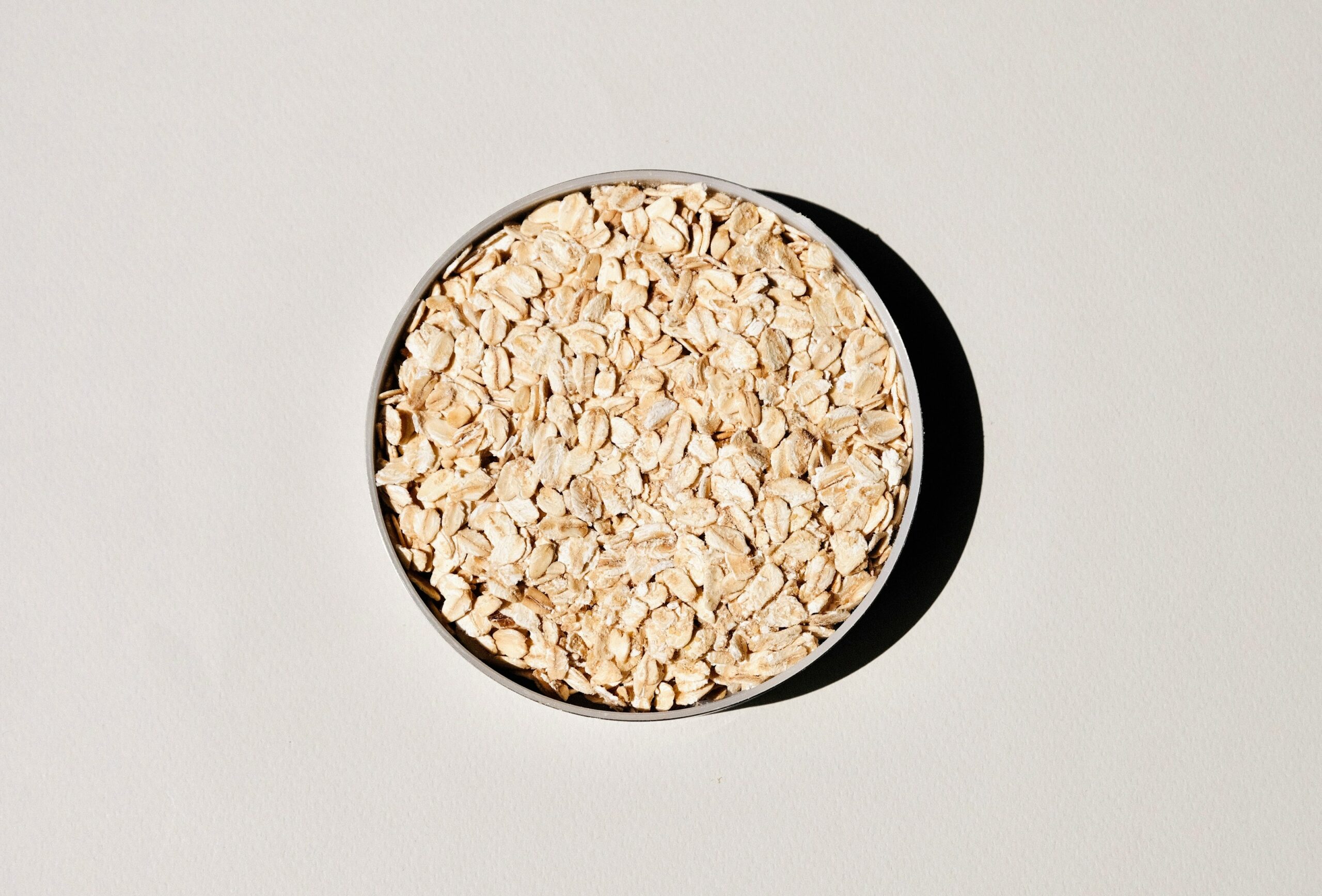Chlormequat chloride is a well-known plant growth regulator used to promote sturdier plant structures and to facilitate harvesting. But the chemical is now under new scrutiny within the United States food industry after its unexpected and widespread discovery in the nation’s oat supply. Despite its prohibition on crops grown for American consumption, chlormequat has been detected in several oat-based products available for purchase across the country.
The revelation of chlormequat’s prevalence came to light chiefly through research and investigations conducted by the Environmental Working Group (EWG), which found chlormequat in the urine samples of four out of five participants in a recent study published in the Journal of Exposure Science & Environmental Epidemiology.
Alexis Temkin, a toxicologist at the Environmental Working Group, expressed concerns about the potential health impacts of chlormequat, stating, “The ubiquity of this little-studied pesticide in people raises alarm bells about how it could potentially cause harm without anyone even knowing they’ve consumed it.”
With detected levels ranging from non-detectable to as high as 291 µg/kg, the discovery of chlormequat in staple foods has ignited a debate over potential health implications for consumers, especially given its association with adverse reproductive outcomes and fetal development issues in animal studies.
Despite the Environmental Protection Agency (EPA)’s stance that chlormequat poses a low risk when utilized according to guidelines, its presence in popular oat-based foods like Cheerios and Quaker Oats has raised eyebrows. This situation has led to a pressing call for a more rigorous and comprehensive approach toward monitoring the food supply alongside a demand for in-depth toxicological and epidemiological studies aimed at thoroughly assessing the potential health risks associated with chlormequat exposure.
How Did This Happen?
The core issue lies in the regulatory mechanisms and oversight concerning the use of growth regulators and pesticides in crop production. The detection of chlormequat in the domestic oat supply – despite its banned status – points toward gaps in today’s regulatory framework, suggesting a need for more stringent enforcement of existing laws and perhaps the establishment of new guidelines to safeguard public health.
Temkin emphasized the importance of regulatory oversight, stating, “The federal government has a vital role in ensuring that pesticides are adequately monitored, studied, and regulated. Yet the EPA continues to abdicate its responsibility to protect children from the potential health harms of toxic chemicals like chlormequat in food.”
The situation also emphasizes the importance of consumer awareness and the role it plays in public health advocacy. Informed consumers, concerned about the potential health risks associated with chlormequat, are increasingly turning toward organic oat products as a precautionary measure to minimize exposure to this and other chemicals of concern. This shift not only reflects a proactive approach to health but also signals a broader demand for transparency and safety in food production practices.
The detection of chlormequat in the American oat supply represents a multifaceted challenge that spans regulatory, health, and consumer advocacy spheres. Addressing this issue effectively requires a collaborative effort between government agencies, the agricultural sector, and the public to ensure that the food supply remains safe and free from harmful substances.
In April 2023, in response to an application submitted by chlormequat manufacturer Taminco in 2019, the Biden EPA proposed allowing the first-ever use of chlormequat on barley, oats, triticale, and wheat grown in the U.S. EWG opposes the plan. The proposed rule has not yet been finalized.
As research continues to shed light on the potential impacts of chlormequat and other similar chemicals, it becomes imperative to prioritize the development of comprehensive strategies that protect consumer health without compromising the integrity and sustainability of food production systems.











